Filter by
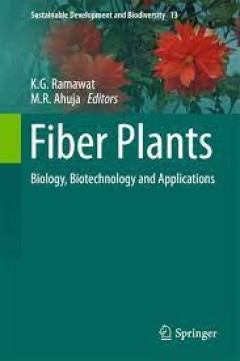
Fiber Plants Biology, Biotechnology and Applications
This book assesses the potential effects of biotechnological approaches, particularly genetic modification, on the present state of fiber crop cultivation and sustainable production. Leading international researchers discuss and explain how biotechnology can affect and solve problems in connection with fiber crops. The topics covered include biology, biotechnology, genomics and applications of …
- Edition
- -
- ISBN/ISSN
- 978-3-319-44570-0
- Collation
- XI, 258
- Series Title
- -
- Call Number
- -

Fetal Stem Cells in Regenerative Medicine Principles and Translational Strat…
This book explores the regenerative properties of fetal stem cells, from feto-maternal cell traffic through perinatal stem cells, with a discussion of key topics including stem cell banking, drug screening, in utero stem cell transplantation and ethical considerations. The expertly authored chapters also delve into embryonic, amniotic membrane, and umbilical cord blood stem cells; fetal develop…
- Edition
- -
- ISBN/ISSN
- 978-1-4939-3483-6
- Collation
- XIX, 453
- Series Title
- -
- Call Number
- -
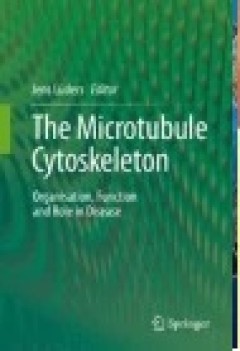
The Microtubule Cytoskeleton
This book provides an overview on the organization and function of the microtubule cytoskeleton, which is essential to many cellular processes and profoundly linked to a range of human diseases. Covering basic concepts as well as molecular details, the book discusses how microtubules are nucleated and organized into ordered arrays, at different cell cycle stages and in distinct cell types. In a…
- Edition
- -
- ISBN/ISSN
- 978-3-7091-1901-3
- Collation
- VII, 189
- Series Title
- -
- Call Number
- -

Receptor Tyrosine Kinases: Family and Subfamilies
This book devotes a chapter to each RTK family and the multiple receptors within each family, thoroughly covering all of the RTKs. The chapters all follow the same structure, presenting this essential information in an accessible and user-friendly format. Each chapter covers one specific family of receptors and begins with a general introduction to that family and a comprehensive discussion of …
- Edition
- -
- ISBN/ISSN
- 978-3-319-11888-8
- Collation
- -
- Series Title
- -
- Call Number
- 571.6

Receptor Tyrosine Kinases: Structure, Functions and Role in Human Disease
Receptor Tyrosine Kinase: Structure, Functions and Role in Human Disease, for the first time, systematically covers the shared structural and functional features of the RTK family. Receptor Tyrosine Kinases (RTKs) play critical roles in embryogenesis, normal physiology and several diseases. And over the last decade they have become the Number 1 targets of cancer drugs. To be able to conduct fun…
- Edition
- -
- ISBN/ISSN
- 978-1-4939-2053-2
- Collation
- -
- Series Title
- -
- Call Number
- 571.6
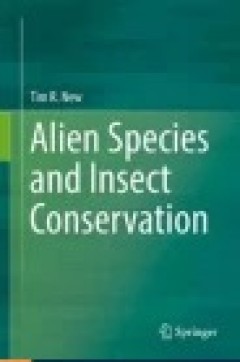
Alien Species and Insect Conservation
This overview of the roles of alien species in insect conservation brings together information, evidence and examples from many parts of the world to illustrate their impacts (often severe, but in many cases poorly understood and unpredictable) as one of the primary drivers of species declines, ecological changes and biotic homogenisation. Both accidental and deliberate movements of species are…
- Edition
- Ed. 1
- ISBN/ISSN
- 978-3-319-38774-1
- Collation
- XII, 230
- Series Title
- -
- Call Number
- 592 NEW a
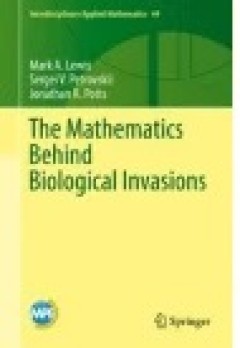
The Mathematics Behind Biological Invasions
This book investigates the mathematical analysis of biological invasions. Unlike purely qualitative treatments of ecology, it draws on mathematical theory and methods, equipping the reader with sharp tools and rigorous methodology. Subjects include invasion dynamics, species interactions, population spread, long-distance dispersal, stochastic effects, risk analysis, and optimal responses to in…
- Edition
- -
- ISBN/ISSN
- 978-3-319-32043-4
- Collation
- XVI, 362
- Series Title
- Interdisciplinary Applied Mathematics
- Call Number
- 510
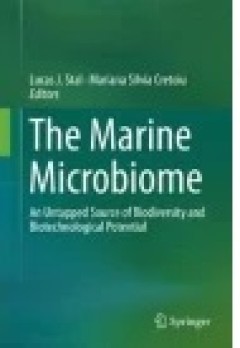
The Marine Microbiome
The marine microbiome is the total of microorganisms and viruses in the ocean and seas and in any connected environment, including the seafloor and marine animals and plants. The diversity of microbial life remains unquantified and largely unknown, and could represent a hidden treasure for human society. Accordingly, this book is also intended to connect academics and industry, providing essent…
- Edition
- -
- ISBN/ISSN
- 978-3-319-33000-6
- Collation
- XIV, 498
- Series Title
- -
- Call Number
- 660.63

Algorithms in Bioinformatics: 15th International Workshop, WABI 2015, Atlanta…
This book constitutes the refereed proceedings of the 15th International Workshop on Algorithms in Bioinformatics, WABI 2015, held in Atlanta, GA, USA, in September 2015. The 23 full papers presented were carefully reviewed and selected from 56 submissions. The selected papers cover a wide range of topics from networks to phylogenetic studies, sequence and genome analysis, comparative genomics,…
- Edition
- Ed. 1
- ISBN/ISSN
- 978-3-662-48221-6
- Collation
- XX, 328
- Series Title
- Lecture Notes in Computer Science
- Call Number
- 511.8 ALG a
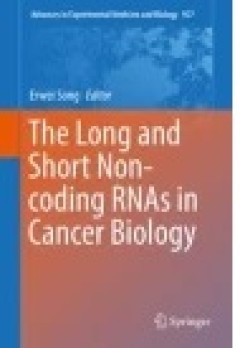
The Long and Short Non-coding RNAs in Cancer Biology
The book conveys a comprehensive knowledge of long and short ncRNAs in cancer regulation and their potentials as diagnostic biomarkers and therapeutic targets. Topics covered include the molecular mechanisms of various classes of ncRNAs (with emphasis on long non-coding RNAs and microRNAs) in cancer, the functional roles of ncRNAs in regulating different cancer hallmarks (including proliferatio…
- Edition
- -
- ISBN/ISSN
- 978-981-10-1498-7
- Collation
- VIII, 458
- Series Title
- Advances in Experimental Medicine and Biology
- Call Number
- -
 Computer Science, Information & General Works
Computer Science, Information & General Works  Philosophy & Psychology
Philosophy & Psychology  Religion
Religion  Social Sciences
Social Sciences  Language
Language  Pure Science
Pure Science  Applied Sciences
Applied Sciences  Art & Recreation
Art & Recreation  Literature
Literature  History & Geography
History & Geography